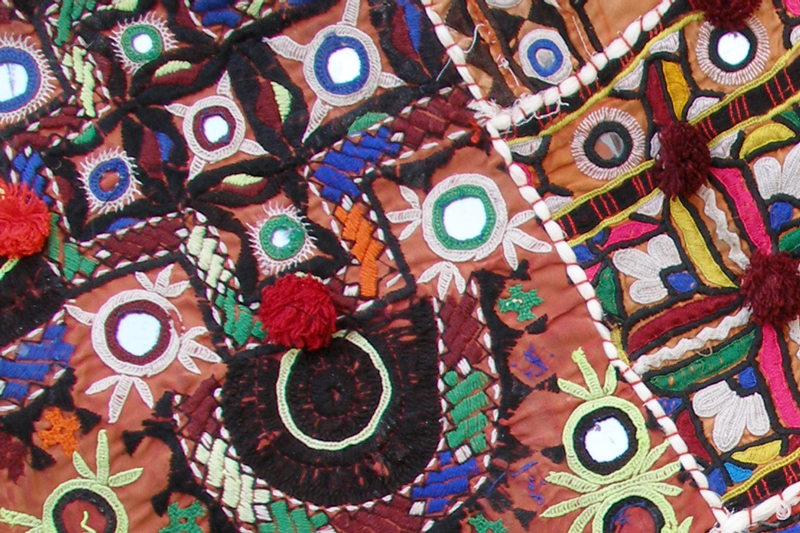
In regards to how well Rocking the Closet explores the influence of queering techniques on artists’ careers, I believe that Stephens succeeded greatly in his main goal of creating interesting comparisons with the overarching idea of contextualizing the time period. Stephens doesn’t wander far from his main topic and questions asked, allowing for the information and conclusions drawn to be seamlessly supported with reasonable evidence. The thorough organization of the chapters and content helps to connect the influence of queering techniques, in the grand scheme of the artist’s careers. In doing so, it explores the paradox between progressive content being present in queered music, and it being accepted by the audience despite the hinderances of restrictive social and gender norms. The biggest strength this book possesses lies clearly within its organization in conjunction with the author’s perspective. There was never a moment that I felt lost or confused about how the content related to information stated earlier in the page or section. Additionally, within the introduction, Stephens clearly sets up the order of chapters, reviews the content, and gives any prior needed context to understand how the main concept of queering applies to the main factors impacting queerness in music. The book contributes to the study of queering techniques in music by providing a perspective unbiased by modern-day politics, through attempting to remove influences of liberation politics sparked by the Stonewall raids in 1969. Through the inclusion of several studies, as well as direct quotes from tabloids in the context of the time period being explored, Rocking the Closet helps to paint a picture of what is historically accurate, while remaining non-judgmental in comparison to modern progressive standards. This lends Stephens’ perspective to being uniquely objective, relying on context and sources to inform their conclusions without being critical.
One of the biggest takeaways I took from reading this book was the intricateness of gender and sexual identity that Stephens sought to expose. Before reading, I had always perceived the idea of being “out” as a strictly black-and-white matter, where one would either openly state their identity or keep it hidden: Stephens argues that the stereotypical closet metaphor that represents this idea is flawed, specifically in regards to ambiguity. He fights against the notion that queer artists hid their queerness out of cowardice, a stance he pointedly believes fails to acknowledge the successes and benefits of maintaining an ambiguous appeal. Furthermore, his reflection on the biased narrative of queer historical documentation brings up an important question: at what point does glorifying “woke” aspects of queer history, while dismissing the more veiled aspects of queerness, become harmful to the full narrative? Stephens addresses this question in a fashion that deserves significant praise, as he diligently looks past liberation ideology, and successfully contextualizes the methodology and reasoning behind how queer artists made themselves present without adhering to the practices of “coming out.” Through rejecting the “enlightenment” narrative that prevails throughout modern queer historical narratives, readers are given the chance to seriously contemplate the danger of sticking to restrictive labels through re-contextualizing pre-Stonewall queerness. Rocking The Closet serves as a stepping stone to a serious conversation the queer community needs to have: how to handle documenting the queer historical narrative without omitting experiences that don’t conform to liberation ideology.
In the process of writing of Rocking the Closet, Stephens accrued a significant number of resources and references, borrowing insight from numerous different avenues to support his conclusions. The thoroughness of his research is unquestionable. While dense in his writing, it is easy to follow along, both for readers familiar with the material discussed and those to whom this information is new. Through careful definitions and clear structure, the context of the queer presence in music is undeniably present and informing. Being palatable to both audiences with prior knowledge and the uninitiated, Rocking the Closet goes above and beyond in its exploration of queer music history.





